Data reveals key Verstappen driving style differences to Norris after shock Suzuka pole
05 Apr 2025 1:11 PM
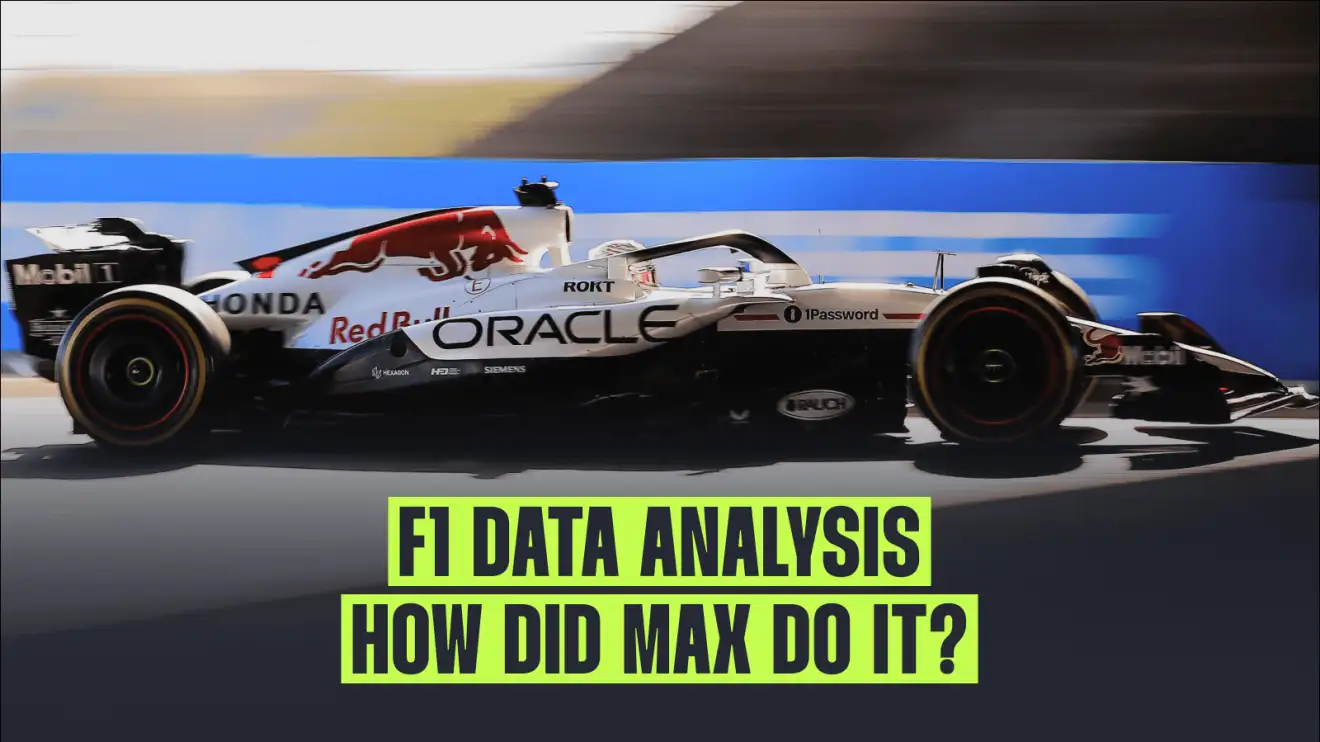
Max Verstappen set an unlikely pole position for the 2025 Japanese Grand Prix
Max Verstappen has once again defied all predictions with a stellar performance in Japanese GP qualifying.
The Red Bull driver broke the Suzuka track lap record held by Sebastian Vettel since 2019 to beat McLaren and leave Lando Norris and Oscar Piastri tasting the bitterness of defeat in yet another masterpiece.
Max Verstappen on Japanese GP pole: How did he do it?
Verstappen claimed his 41st career pole position in Formula 1, 17 months after his last one in Austria, by putting together a perfect lap at Suzuka. No other driver in the top 10 managed to link together all 18 corners flawlessly… except the Dutchman.
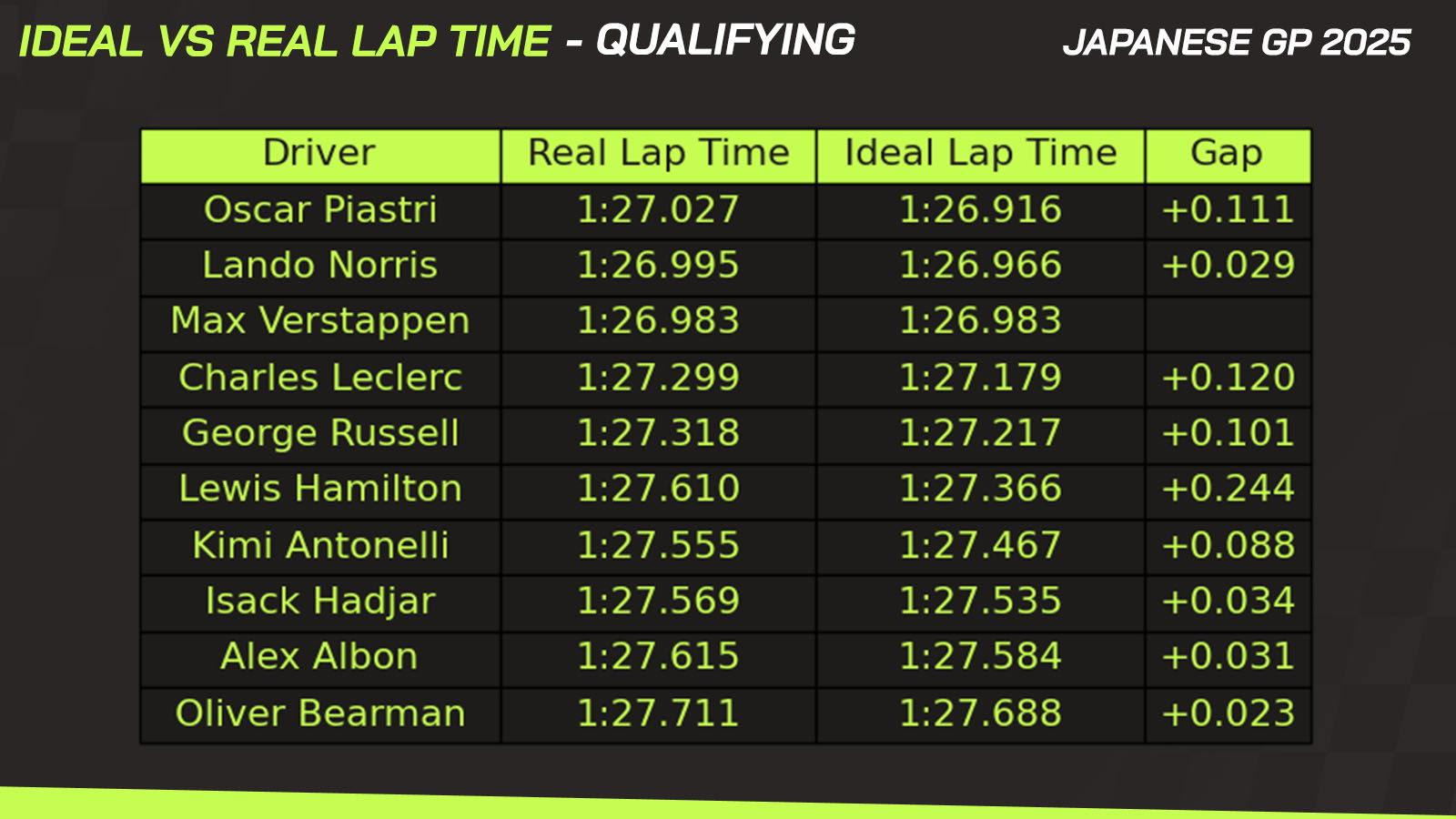

Once again, just like in the China Sprint qualifying, McLaren wasted a potential 1-2. Lando Norris and Oscar Piastri, despite completing decent laps, were unable to deliver their maximum to put the papaya team on top after dominating the entire weekend.
And Verstappen didn’t need a single purple sector to secure pole. The Red Bull driver simply strung together a lap without mistakes at any point and kept his tyres alive all the way to the braking zone before the Turn 16 chicane.


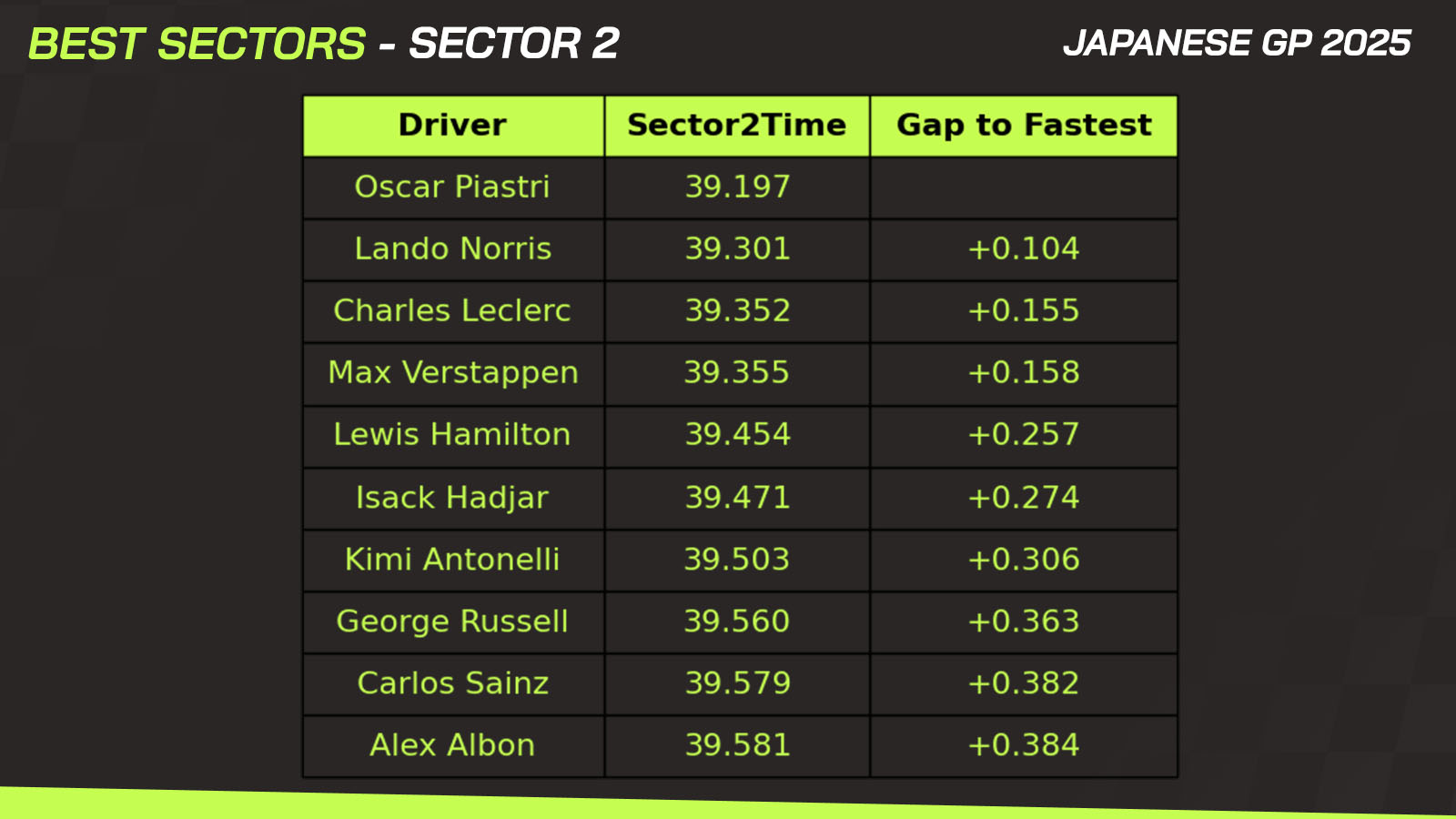

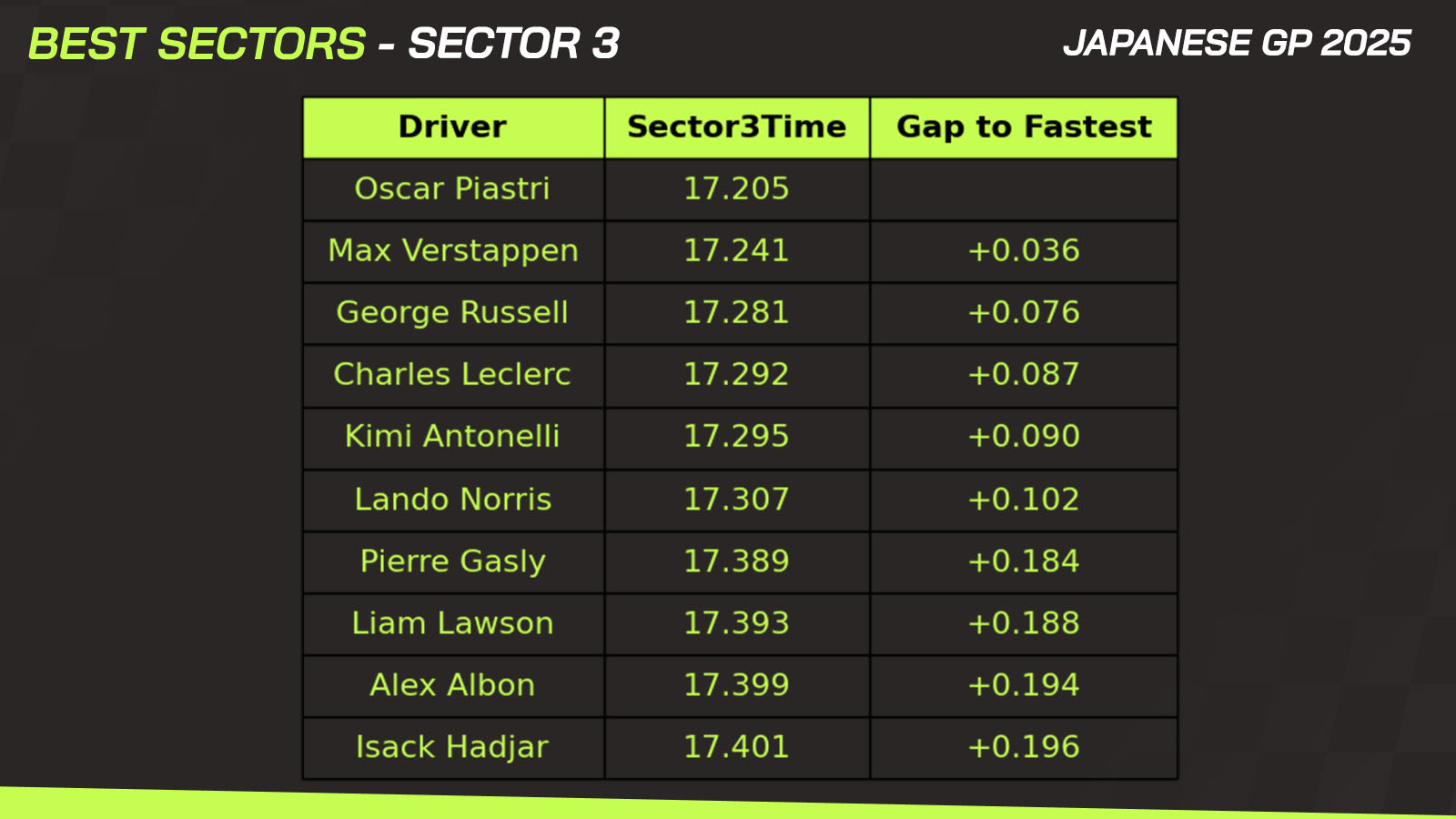

More key talking points after Japanese GP qualifying
👉 Winners and losers from the 2025 Japanese Grand Prix qualifying
👉 Christian Horner’s McLaren theory after ‘insane’ Max Verstappen pole lap
After a Q2 notably dominated by Norris and a scruffy lap by Piastri, it all seemed to indicate that pole would go to one of the McLaren drivers.
But Verstappen went all in, knife between his teeth, to fight the understeer he had been complaining about throughout the weekend and, on his final Q3 attempt, improved by over five tenths compared to Q2.


Max’s lap, despite not featuring any best sectors, was simply a delight. The Red Bull driver attacked the kerbs hard on entry, with a very aggressive steering angle to fight the RB21’s understeer without losing much traction on corner exit.
That Max was able to brake later despite the understeer also reflects a high level of confidence in the car and in his own abilities, fully maximising his extremely aggressive driving style in the key points of the lap.
These details can be clearly seen in the telemetry comparison with Norris.
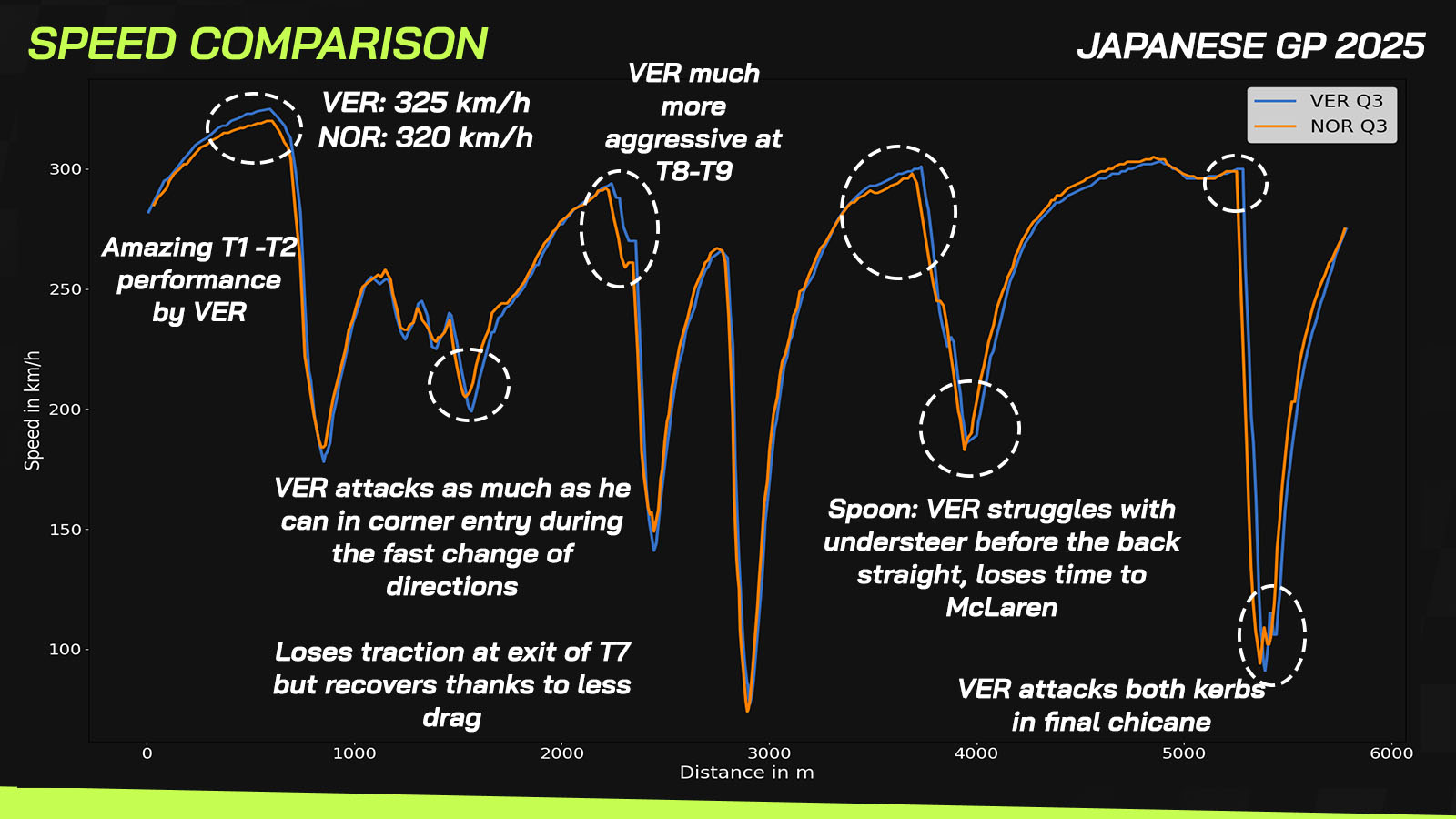

Despite running with less downforce than the McLaren, which is clearly noticeable in the top speed difference — 325 km/h for Max vs 320 km/h for Norris — the Red Bull driver brakes later to attack the kerbs, and thanks to his higher top speed is able to compensate for the lack of acceleration on corner exit with lower drag and a higher terminal speed at the end of the straight.
This lower drag on the RB21, a direct consequence of its low-downforce setup, is key to Verstappen being able to recover time lost in traction zones. However, this advantage depends on the length and duration of the straight: in Suzuka, where there is enough space, this strategy works perfectly.
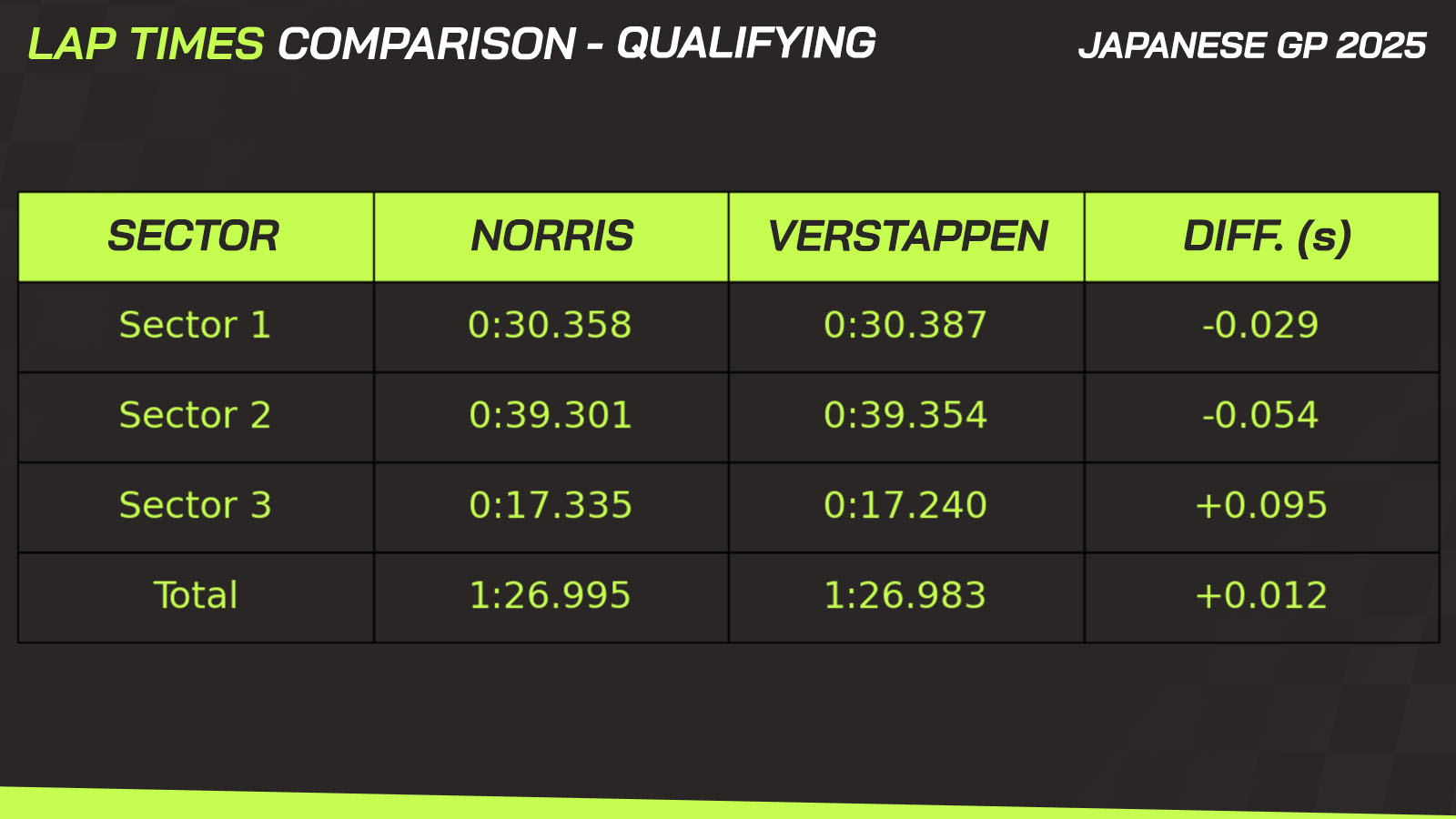

Compared to Piastri, the differences in driving style are smaller. The Australian took a more aggressive approach than Norris, but a poor Sector 1 ultimately cost him.
Verstappen, thanks to his higher terminal speed at the end of the straight, was able to take Turn 1 and Turn 2 at higher speed than Piastri despite running less downforce — and that’s where he effectively snatched pole from him. Despite a great final chicane, Piastri saw himself in P3 at just +0.044s from the Dutch driver.


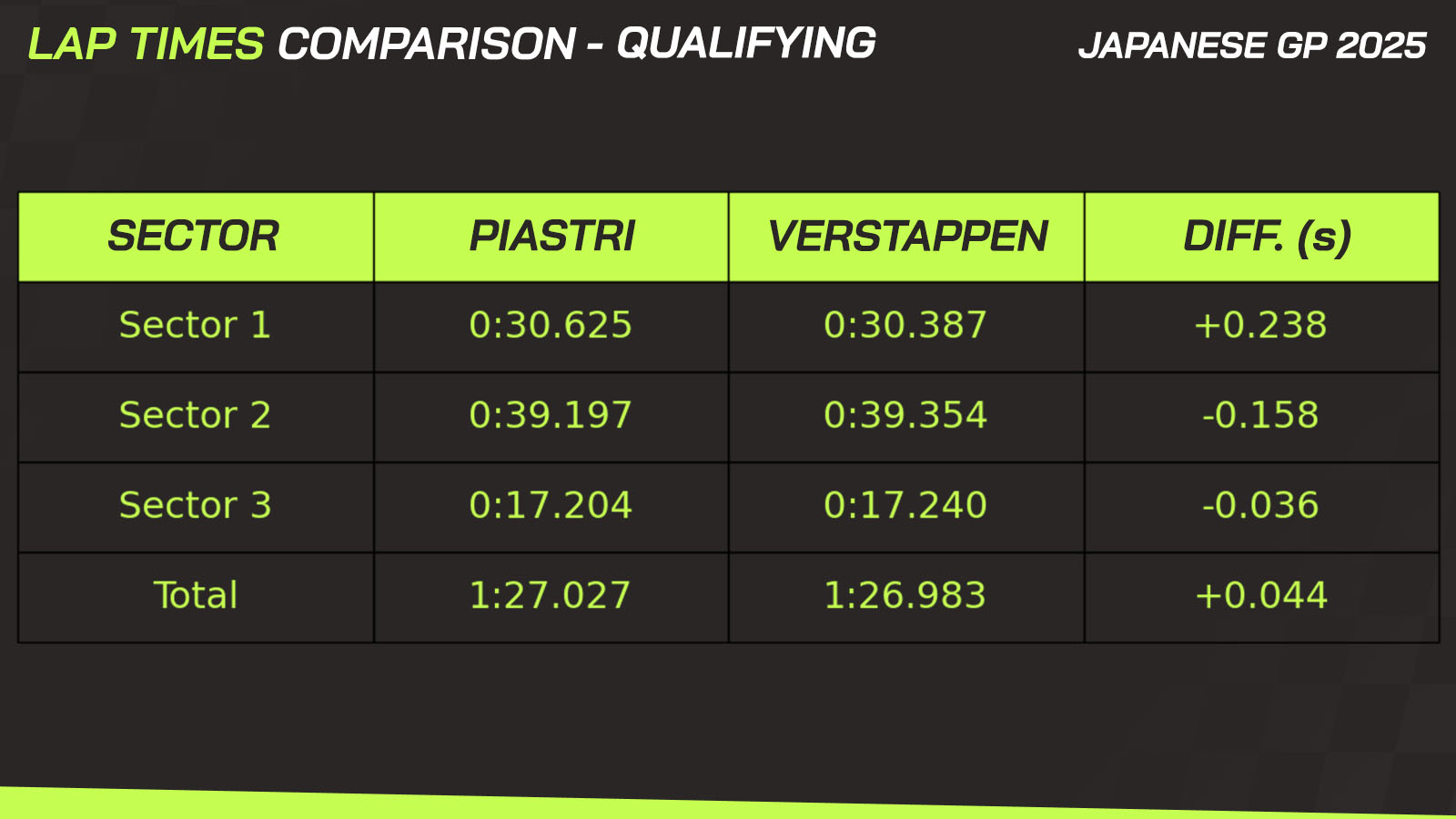

Looking at a broader graphic analysis, we can see this trend: Verstappen consistently gains time on corner entry and sacrifices exit, only to recover the lost time thanks to less drag and, consequently, higher top speed down the long straights of Suzuka.


Read next: Yuki Tsunoda opens up on ‘difficult’ Red Bull RB21 as Japan Q2 exit addressed
Max Verstappen



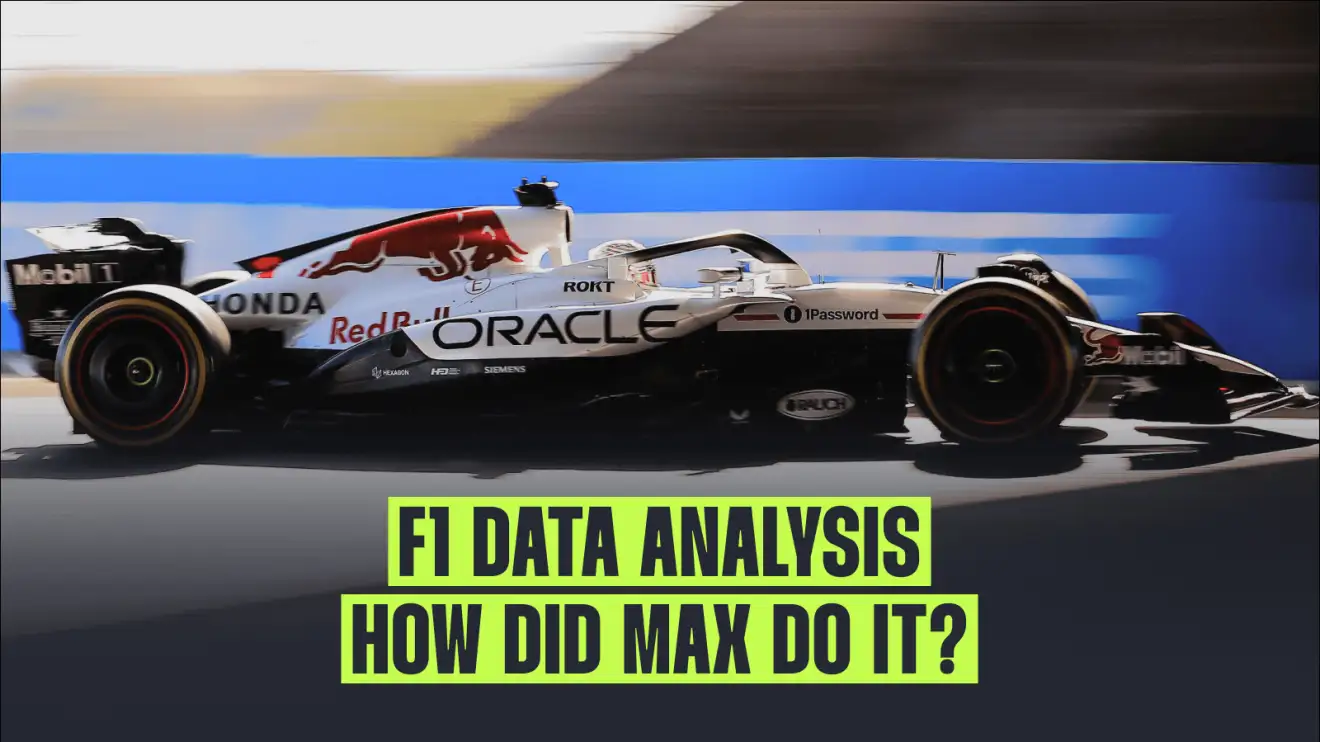
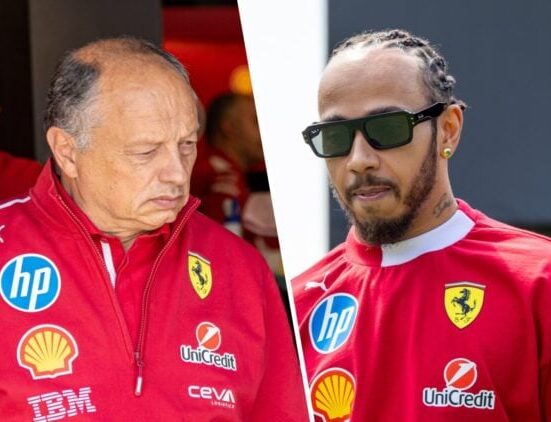



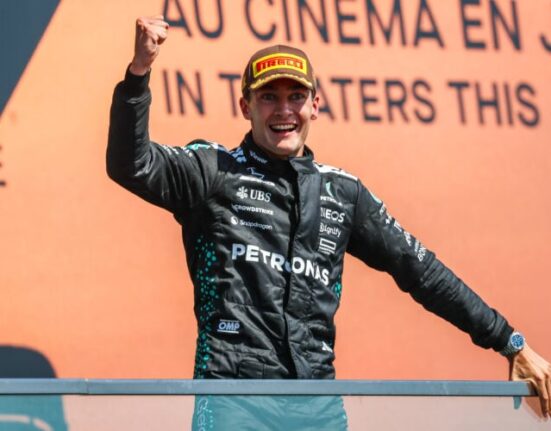

Leave feedback about this